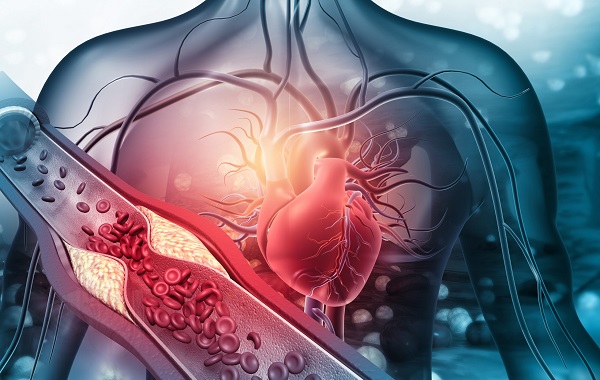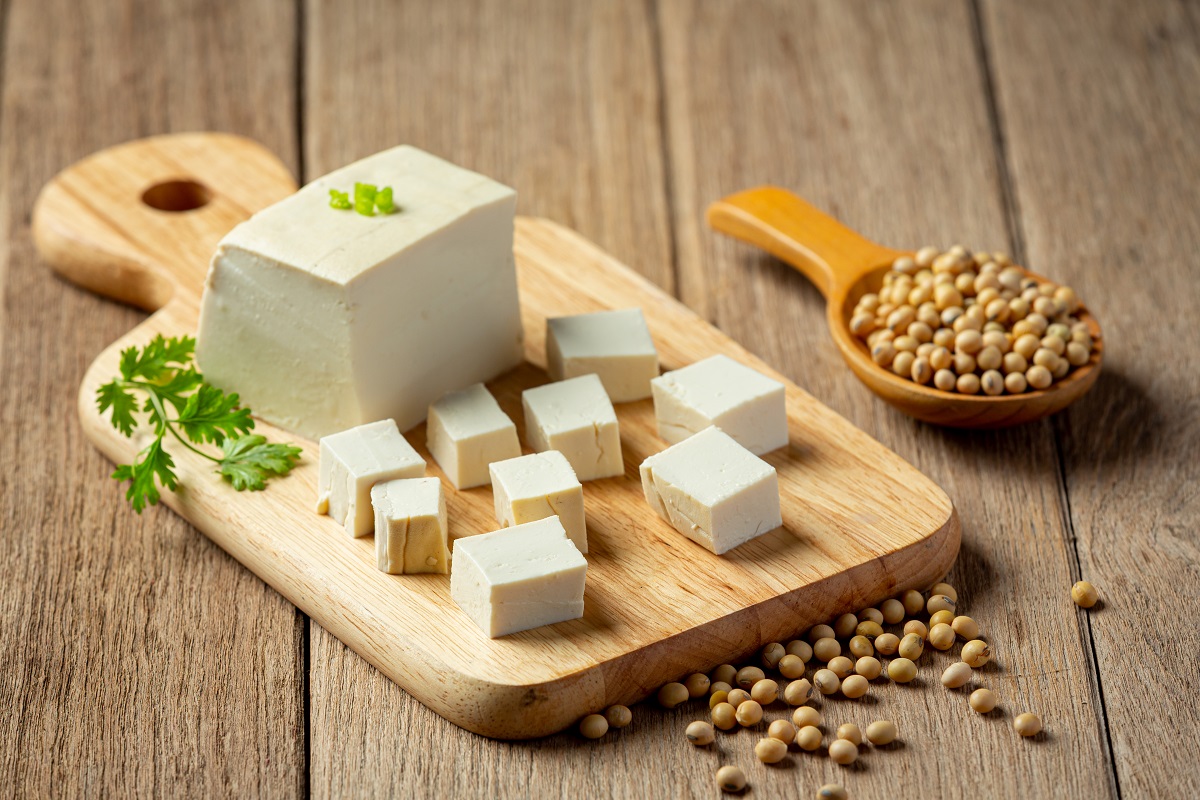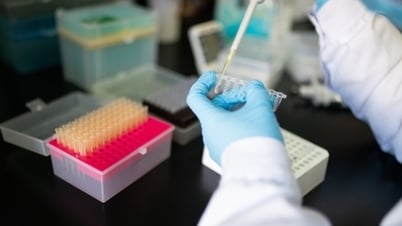1. Why is it necessary to reduce cholesterol levels in the body?
Cholesterol is a type of fat in the blood that is naturally produced by the body. It is also found in some foods such as: shellfish, eggs, organ meats…
The body needs some cholesterol to function properly. But high levels of cholesterol in the blood, especially bad cholesterol, accelerate the process of atherosclerosis. Plaque builds up in the artery walls, making them narrower, making it harder for blood to flow, and eventually leading to heart attacks and strokes.
There are many risk factors that increase cholesterol levels in the body such as: age, gender, genetics, weight, diet... Of which, diet plays an important role in regulating cholesterol levels.
The American Heart Association emphasizes that a diet high in saturated fat and trans fat is unhealthy because it tends to increase levels of bad LDL cholesterol.
Although there is no ideal target level for LDL in the blood, according to the American Heart Association, many studies on LDL have shown that the lower the LDL level, the better. Studies show that optimal total cholesterol levels are around 150 mg/dL, with LDL cholesterol at 100 mg/dL or lower, and adults with LDL at this level have lower rates of heart disease and stroke.

High blood cholesterol levels are bad for heart health.
2. How to eat to effectively reduce cholesterol
Lifestyle and dietary changes are the first steps to lowering high cholesterol, say experts at Harvard Medical School, and many people can lower their cholesterol levels simply by changing their diet. For example, eating less meat and more vegetables, fruits, and whole grains can help lower total cholesterol by 25 percent or more. Here's how you can lower your cholesterol through diet:
Use unsaturated fats; avoid saturated fats and trans fats: Most vegetable fats (oils) are made up of heart-healthy unsaturated fats. Foods that contain healthy fats include: oily fish, nuts, seeds, and some vegetables. Limit foods high in saturated fats, such as many meats and dairy products.
Eat more soluble fiber: Eating more soluble fiber, such as that found in oats and fruit, can lower blood cholesterol levels.
Add plant sterols and stanols to your diet: These natural plant compounds are similar in structure to cholesterol, so eating them helps limit the amount of cholesterol our bodies can absorb.
Fruits and vegetables contain many cholesterol-lowering compounds, including fiber and plant compounds called sterols and stanols. The darker the color, the better: leafy greens, squash, carrots, tomatoes, strawberries, plums, blueberries, etc.
3. Some healthy foods that help lower cholesterol
Different foods lower cholesterol in different ways. Some provide soluble fiber, which binds to cholesterol and its precursors in the digestive system and pulls them out of the body. Some provide polyunsaturated fats, which directly lower bad LDL cholesterol. Still others contain plant sterols and stanols, which block the body from absorbing cholesterol.
Oatmeal
Oats are rich in the soluble fiber beta-glucan. Beta-glucan helps nourish beneficial bacteria in the intestines, slows down digestion, and keeps blood sugar levels stable.
Beta-glucan also blocks the absorption of cholesterol from food, reducing levels of bad LDL cholesterol to prevent the buildup of fatty plaque in the arteries. Studies have found that oat beta-glucan can also reduce lipoprotein fats in the blood. In this way, eating oats helps reduce the risk of heart disease in people with mildly high cholesterol levels.
Soybeans
Eating soybeans and soy foods like tofu and soy milk is an effective way to lower cholesterol.
Researchers from the University of Illinois Urbana-Champaign (USA) studied soybeans to determine why they may have the ability to lower cholesterol, especially bad cholesterol. The study found that two proteins found in soybeans, glycinin and B-conglycinin, contribute to the cholesterol-lowering ability.
Researchers also compared the benefits of soy flour to a drug used to treat high cholesterol. They found that peptides from soy flour had lipid-lowering properties similar to the comparison drug. Ingested soy peptides were able to reduce lipid accumulation by 50%-70%.

Eating soybeans helps reduce bad cholesterol.
Barley and whole grains
Like oats and oat bran, barley and other whole grains may help reduce the risk of heart disease, largely through the soluble fiber they provide.
Fatty fish
Eating fish two or three times a week can lower LDL in two ways: by replacing meat with saturated fats that raise LDL and by providing omega-3 fats that lower LDL. Omega-3s lower blood triglycerides and also protect the heart by helping to prevent the onset of abnormal heart rhythms.
Source: https://giadinh.suckhoedoisong.vn/bi-quyet-an-uong-giup-giam-cholesterol-hieu-qua-nhat-172240918153220864.htm


![[Photo] President Luong Cuong receives Lao Vice President Pany Yathotou](https://vphoto.vietnam.vn/thumb/1200x675/vietnam/resource/IMAGE/2025/5/25/958c0c66375f48269e277c8e1e7f1545)



![[Photo] Festival of accompanying young workers in 2025](https://vphoto.vietnam.vn/thumb/1200x675/vietnam/resource/IMAGE/2025/5/25/7bae0f5204ca48ae833ab14d7290dbc3)
![[Photo] The coffin of former President Tran Duc Luong arrives in Quang Ngai](https://vphoto.vietnam.vn/thumb/1200x675/vietnam/resource/IMAGE/2025/5/25/1f1aca0d92ab47deae07934e749b35e6)


















































































Comment (0)